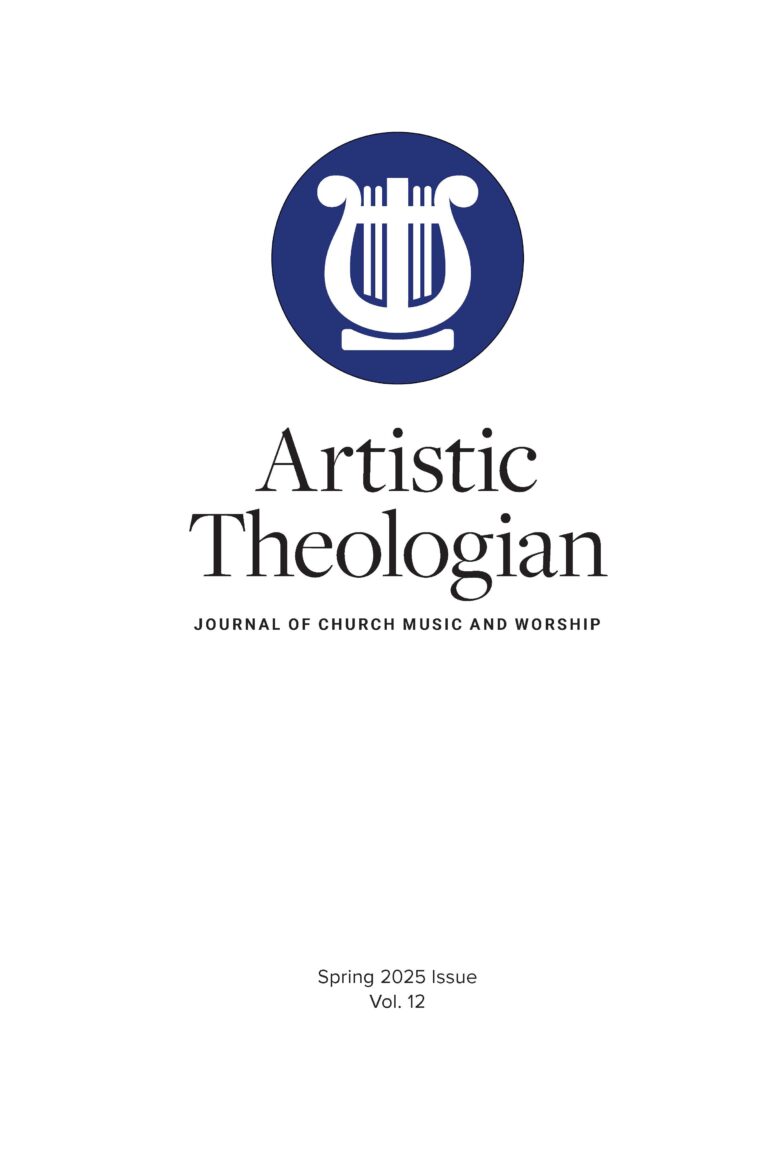
Cowden Hall’s Cornerstone Verse: Colossians 3:16
Artistic Theologian
Volume 12
Spring 2025
Editor: Joshua A. Waggener
Hammett, John S. 40 Questions about Baptism and the Lord’s Supper. 40 Questions Series. Edited by Benjamin L. Merkle. Grand Rapids, MI: Kregel Publications, 2015. 331 pp. $23.99.
In 40 Questions about Baptism and the Lord’s Supper, John S. Hammett acknowledges an issue: different understandings of the practices of baptism and the Lord’s Supper have hindered unity among Christians. He states, “Hopefully, [this book] has helped people in their understanding of biblical teaching on baptism and the Lord’s Supper and has accurately reflected the views of different groups on these matters” (321).
The book is divided into four sections: part one addresses general questions about baptism and the Lord’s Supper; part two focuses on baptism; part three on the Lord’s Supper; and part four concludes with final questions. The middle sections are further subdivided into four groups, offering detailed discussions on denominational views, theological issues, practical aspects, and introductory questions.
The initial chapter addresses the most fundamental question: whether baptism and the Lord’s Supper are sacraments or ordinances, a query that underpins the subsequent questions. While denominational preferences exist, the author contends that both terms hold value in understanding the nature of baptism and the Lord’s Supper (23).
As a Baptist theologian, he supports the view of baptism as symbol of Christ’s saving work (101); however, he argues that baptism can also be understood as a “sign” and “seal” as there is no reason why God could not use baptism to confirm or seal a believer’s faith when they are obediently baptized. While baptism primarily serves as a rite of initiation into the church, it can also serve as a “means of grace,” not in the sense of conferring saving grace as Catholics believe, but rather for God to seal and confirm the blessings of the gospel (103).
Regarding infant baptism, Hammett argues that both historical and biblical support for this practice have “fatal weaknesses” (136). He notes a lack of reliable historical records beyond Catholic tradition and argues that even proponents of infant baptism have no consensus on historical evidence (135). In biblical arguments, he contends against two points. First, Jesus welcoming children in the Gospels is unrelated to baptism, and early church records showing a link between Jesus’s blessing of children and baptism are rare. Second, passages about entire households being baptized emphasize that these households had faith before baptism, thus weakening the case for infant baptism.
The author also discusses the proper mode of baptism. While the majority view accepts immersion, affusion, and sprinkling as all valid modes, the author maintains the immersionist view. Immersion is favored because it conveys the meaning of baptism most effectively, as evidenced in Romans 6:3–4 and Colossians 2:12, which emphasize union with Christ (159–60).
In the Lord’s Supper section, he discusses the terminology, origin, practice, and significance of the Lord’s Supper, exploring theological issues such as Christ’s presence and qualifications for participation. The author’s Baptist perspective is most evident in the discussion of “who may properly partake of the Lord’s Supper.” There is consensus with the majority that baptism should precede participation in the Lord’s Supper, as baptism signifies renewal or the initiation of the Christian life (261). However, issues arise regarding the participation of baptized unbelievers, as well as unbaptized believers. The latter issue is particularly relevant to Baptists, as they define baptism strictly as the immersion of a believer. In due course, the issue becomes intertwined with another debate: open versus closed communion. The author critiques the prevailing tendency towards open communion, particularly among Baptists, and argues for a reconsideration of the wisdom behind this shift (272).
One of the greatest strengths of this book is the author’s fairly objective approach to this matter, notwithstanding his Baptist background. Navigating the delicate balance between personal conviction as a Baptist and the overarching objectives of the 40 Questions book series, he undoubtedly encountered challenges in tempering his inclination to assert his opinions further. However, his adept handling of this dilemma is evident as the author answers questions and thus achieves the intended purpose of the series.
Another strength of this book is its comprehensiveness. Most books on baptism and the Lord’s Supper cover either one or the other. But this book is evenly divided into two main categories to cover the two topics. Furthermore, it does not solely focus on perennial topics such as infant baptism and the presence of Christ at the Lord’s Supper. Instead, it aims to cover a wide range of topics in a book of around 300 pages.
The author’s methodology for this book involves a critical historical and theological analysis, drawing from numerous primary sources, biblical evidence, and insights from prominent scholars in the field. This approach not only aids laypeople seeking to understand the meaning of these widely practiced ordinances across denominations but also benefits worship practitioners who regularly observe and lead these rites. By providing a comprehensive exploration, the book offers valuable insights for a broad range of readers.





